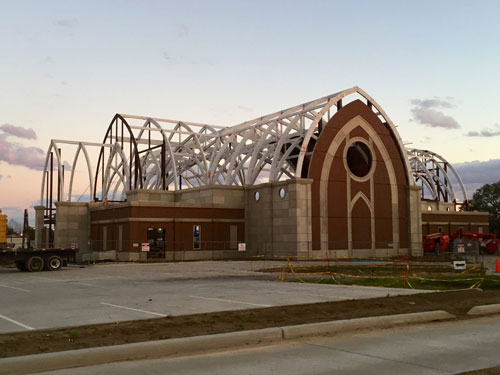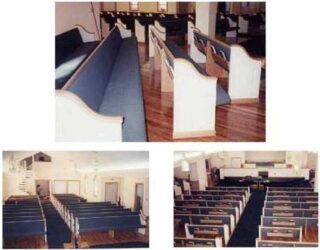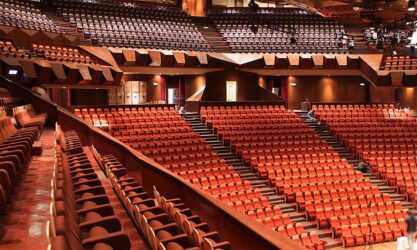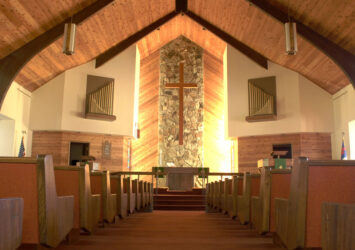Going Beyond Requirements: Navigating the Process of Obtaining a Church Building Permit
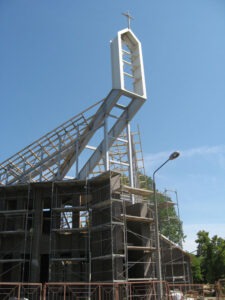 Obtaining a church building permit involves more than just fulfilling basic requirements. The unique nature of religious structures often requires an extra level of attention and consideration. This guide explores the additional factors involved in securing a church building permit, ensuring a smooth and successful process that aligns with the specific needs and regulations associated with religious buildings.
Obtaining a church building permit involves more than just fulfilling basic requirements. The unique nature of religious structures often requires an extra level of attention and consideration. This guide explores the additional factors involved in securing a church building permit, ensuring a smooth and successful process that aligns with the specific needs and regulations associated with religious buildings.
- Engage with the Local Community: Building relationships and open communication with the local community can be essential when seeking a church building permit. Engage in conversations, address concerns, and demonstrate the positive impact the church will have on the community. This proactive approach can help build support and foster a smoother permitting process.
- Understand Zoning and Land Use Regulations: Religious structures may have specific zoning and land use requirements. Become familiar with the local regulations ensuring that your church project is compliant. Consult with zoning officials and professionals to navigate any special considerations related to religious buildings.
- Demonstrate Compliance with Building Codes: While complying with building codes is a standard requirement for any construction project, religious buildings may have unique design elements or safety considerations. Work closely with architects and contractors experienced in constructing religious structures to ensure compliance with all applicable building codes and regulations.
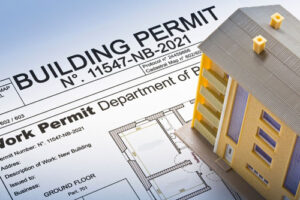
- Address Parking and Traffic Concerns: Churches often attract large congregations, which can create parking and traffic challenges. Take into account the parking needs of the congregation and nearby residents when developing your site plan. Consider implementing strategies such as shared parking agreements, shuttle services, or off-site parking arrangements to mitigate any concerns.
- Environmental Considerations: Environmental regulations may require additional attention when seeking a church building permit. Evaluate the potential impact of the construction on the local ecosystem, water resources, and neighboring properties. Implement environmentally sustainable practices and technologies to minimize the environmental footprint of the project.
- Accessibility and ADA Compliance: Ensure that your church building design meets accessibility standards and complies with the Americans with Disabilities Act (ADA). Incorporate features such as wheelchair ramps, accessible entrances, and designated seating areas to provide equal access to individuals with disabilities.
- Historic Preservation and Architectural Harmony: If your church building is located in a historic district or has architectural significance, additional considerations may apply. Consult with preservation authorities or local historic preservation boards to navigate any requirements related to preserving the historical integrity of the structure while accommodating necessary modifications.
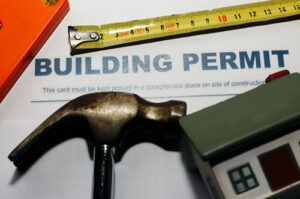 Securing a church building permit requires going above and beyond standard requirements. By engaging with the local community, understanding zoning and land use regulations, demonstrating compliance with building codes, addressing parking and traffic concerns, considering environmental impacts, ensuring accessibility, and respecting historic preservation, churches can navigate the permitting process successfully. This extra effort and attention to detail will contribute to the creation of a well-designed, compliant, and cherished religious structure that serves the congregation and the community for generations to come.
Securing a church building permit requires going above and beyond standard requirements. By engaging with the local community, understanding zoning and land use regulations, demonstrating compliance with building codes, addressing parking and traffic concerns, considering environmental impacts, ensuring accessibility, and respecting historic preservation, churches can navigate the permitting process successfully. This extra effort and attention to detail will contribute to the creation of a well-designed, compliant, and cherished religious structure that serves the congregation and the community for generations to come.



